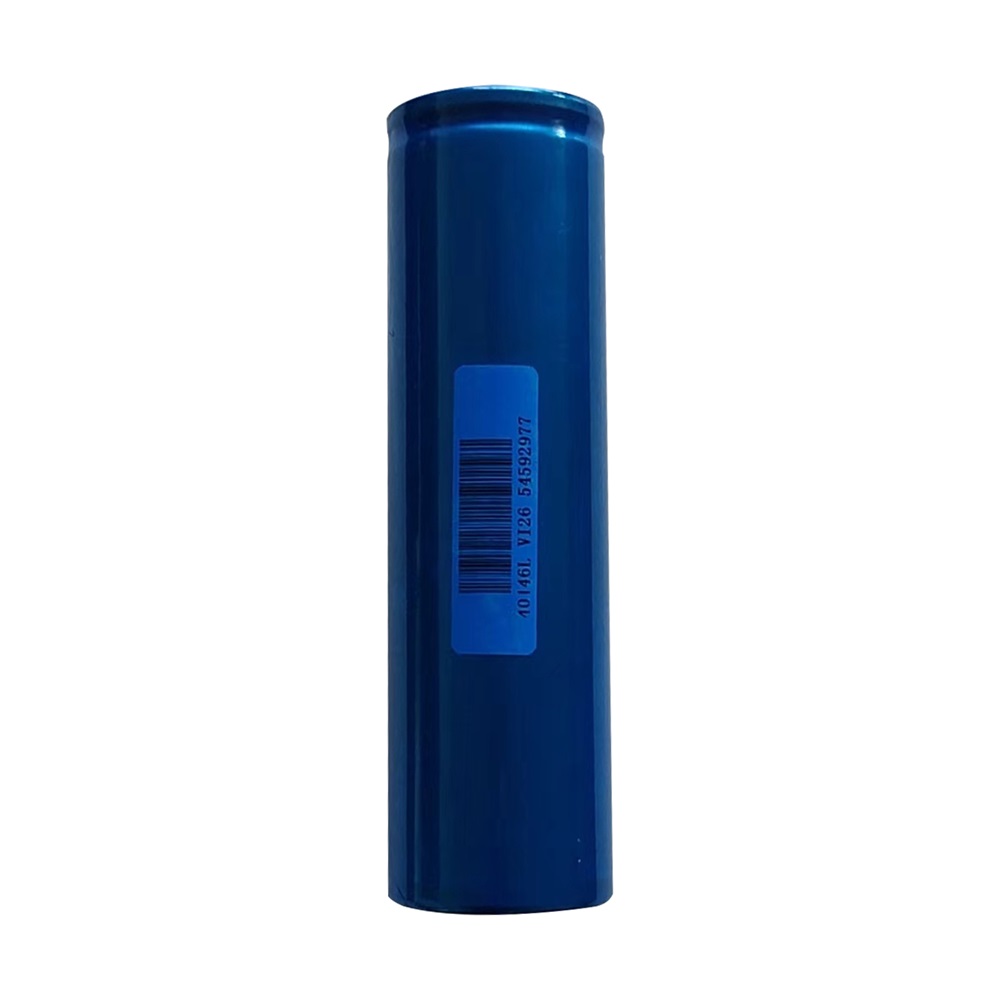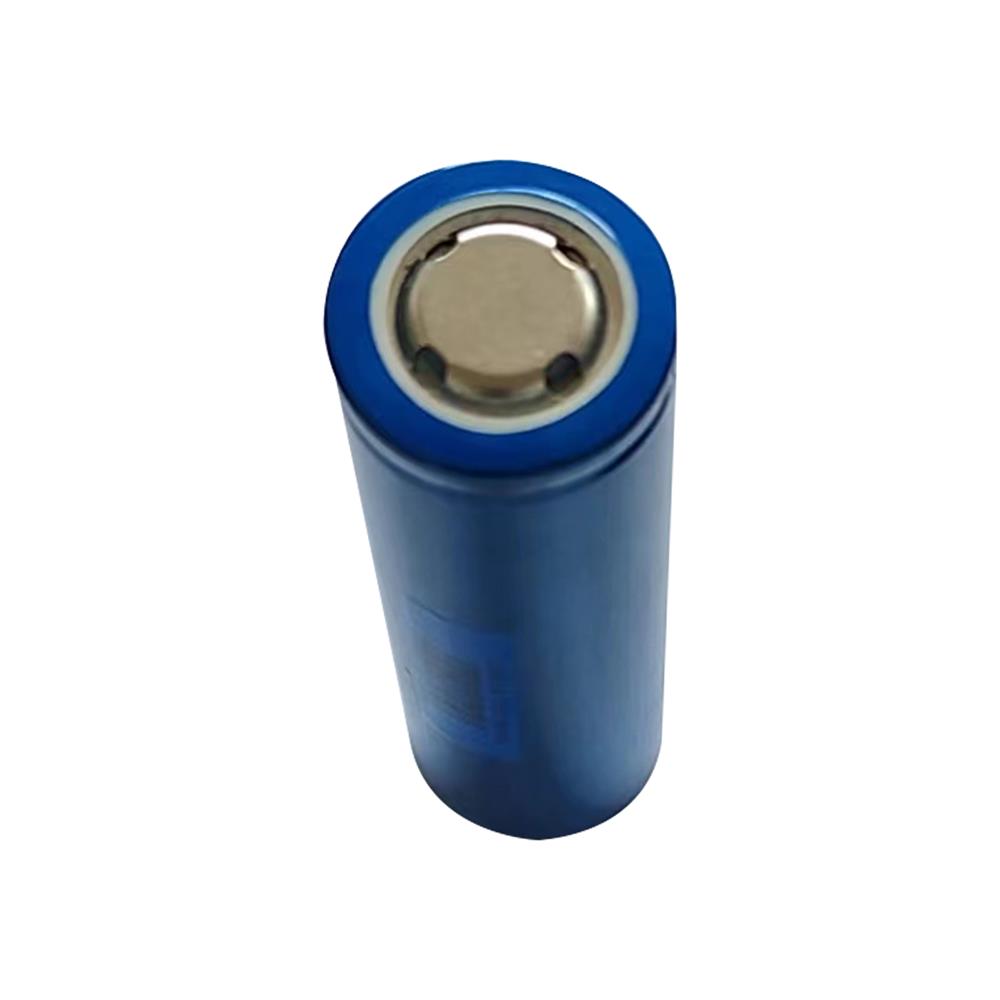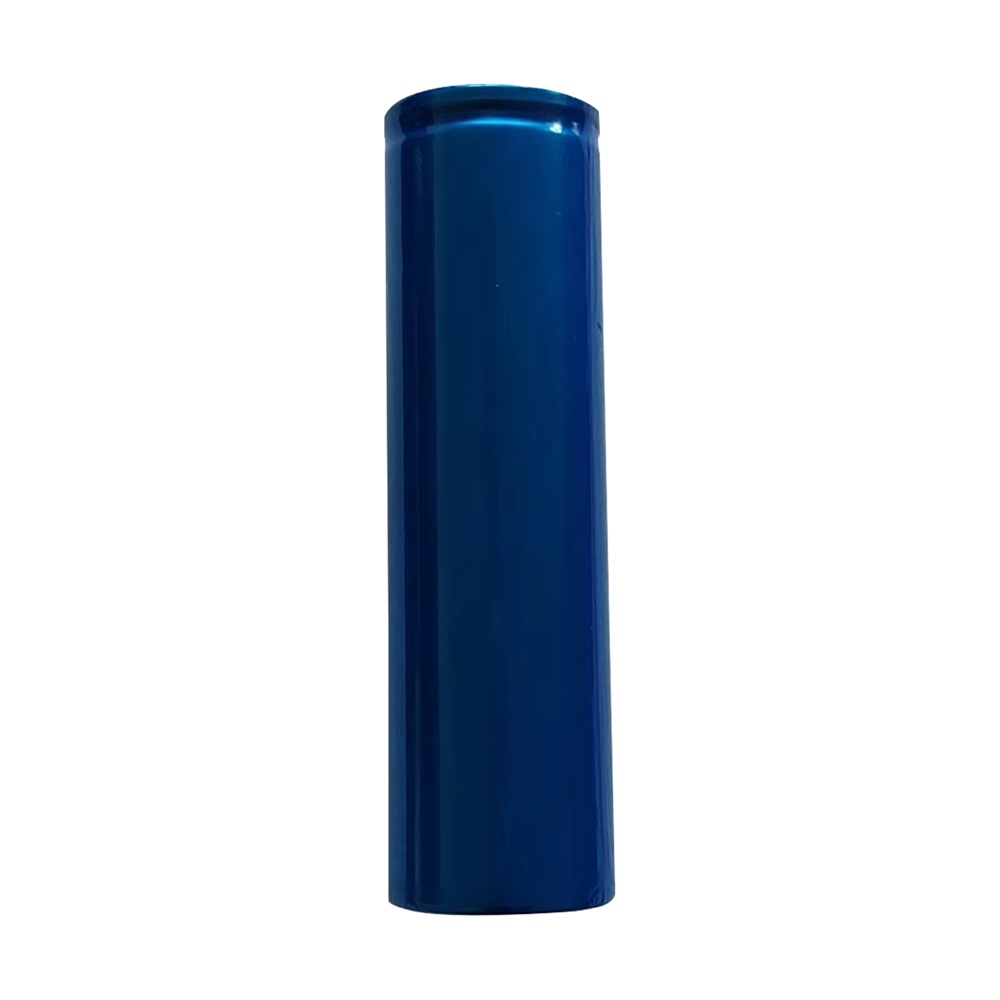40146L 3.2V 20Ah Cylindrical Lithium Ion Battery Cells
40146L 3.2V 20Ah Cylindrical Lithium Ion Battery Cells for electric vehicles and solar energy applications.
- Category: LiFePO4 Battery Cell
- Tag: lifepo4 battery cell
40146L 20Ah rechargeable lithium-ion battery cells 3.2V LiFePO4 for solar or Marine electric vehicles
Specifications
Parameter | Specification |
Nominal Capacity | 20Ah@0.2C |
Minimum Capacity | 19.5Ah@0.2C |
Nominal Voltage | 3.2V |
Max Charging Voltage | 3.65±0.05 V |
Discharge Ending Voltage | 2.5±0.05 V |
Charge Current | Standard charge: 0.5℃ Max charge:2C when T≥10℃ Max charge:1C when 10℃≥T≥0℃ Max charge:0.1C when 0℃≥T≥-10℃ |
Discharge Current | Standard discharge:1C Max discharge:3C Max instant discharge:6C |
Recommended Charge and Discharge Cell Surface Temperature | Charge:0~45℃ Discharge:-20~60℃ |
Maximum Allowable Charge and Discharge Cell Surface Temperature. Charging and Discharging at these Conditions Will Shorten Cell Cycle Life. | Charge:60℃ Discharge:75℃ |
Humidity Range | 0~90%RH(none condensing) |
Internal Resistance | ≤4mOhm(AC Impedance, 1000HZ) |
Cell Dimension | Height:146mm Max Diameter:41mm Max |
Weight | 445±10 g |
Cell bar code and appearances
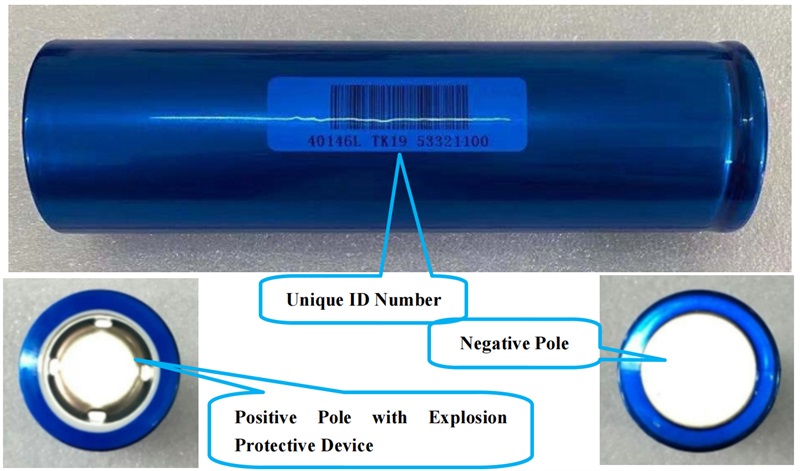
Cell dimensions

Electronic performance
Parameter | Specification | |
Discharge Rate Capability | discharge capacity at 1C | ≥19.2Ah |
discharge capacity at 3C | ≥18.6Ah | |
discharge capacity at 5C | ≥18Ah | |
Cycle Life | discharge capacity of 3000 the cycle @ 100% DOD | ≥16Ah |
High-Low Temperature Discharge Performance (0.5C Discharge) | discharge capacity at -10℃ | ≥16Ah |
discharge capacity at 0℃ | ≥15Ah | |
discharge capacity at 60℃ | ≥19.4Ah | |
Storage Performance | residual capacity after 28d storage | ≥19.2Ah |
recover capacity after 28d storage | ≥19.6Ah | |
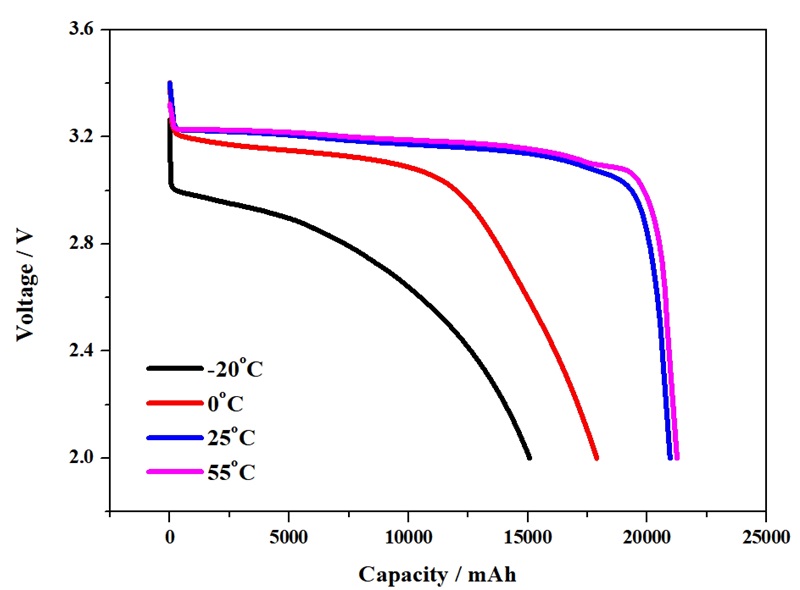
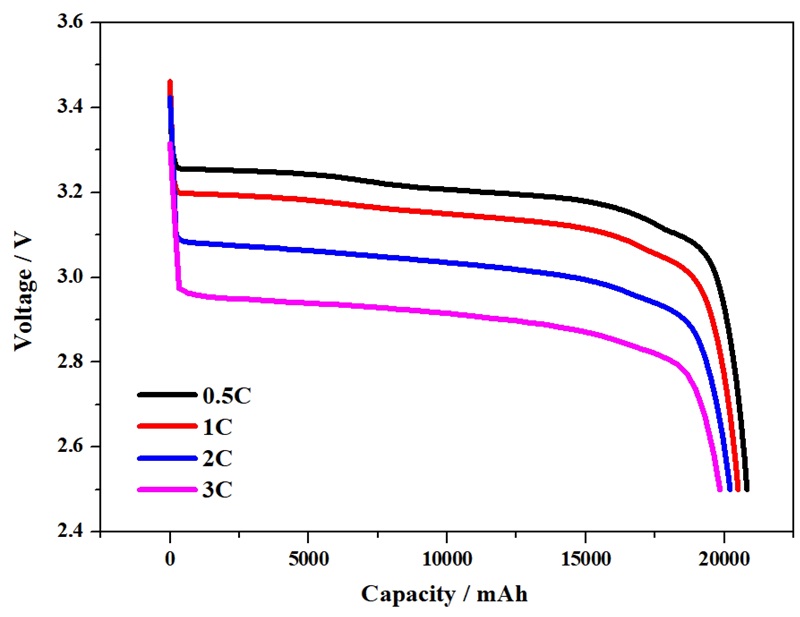
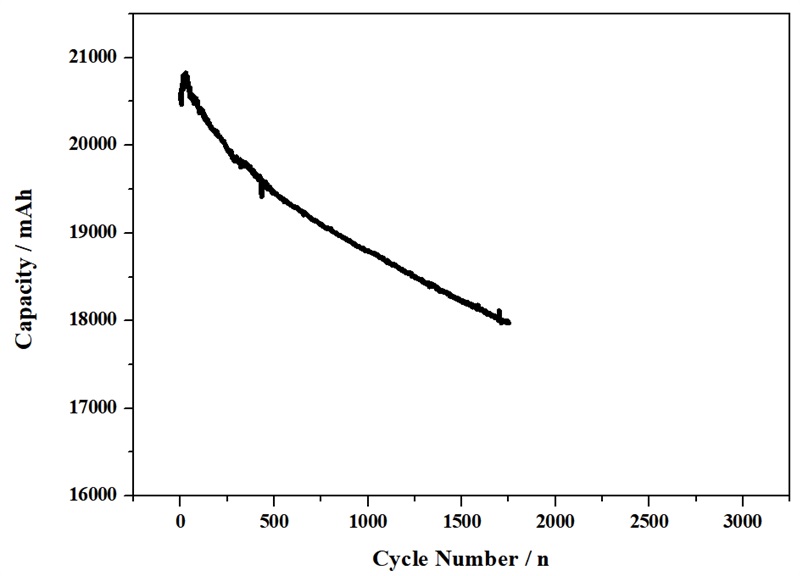
Warning in handling the lithium-ion cell
To prevent the possibility of the cell from leaking, heating, or explosion, please observe the following
precautions:
· Don’t immerse the cell in water;
· Don’t use and leave the cell near a heat source such as fire or heater;
· When charging, use a cell charger specifically for that purpose;
· Don’t reverse the positive and negative terminals;
· Don’t discard the cell in fire or heater;
· Don’t connect the cell to an electrical outlet directly;
· Don’t discard the cell in fire or heater;
· Don’t connect the positive and negative terminal directly with metal objects;
· Don’t transport and store the cell together with metal objects such as necklaces, hairpins;
· Don’t directly solder the cell;
· Don’t pierce the cell with a nail or other sharp object;
· Don’t leave the cell with low SOC for long time, it should keep the cell with around 50% for long term storage (less than 6 months). Should charge the cell to 50% SOC after
Shipping
During transportation, keep the battery from acute vibration, impacting, polarization, and drenching.
Application
Electric wheelchairs, electric power systems, solar energy storage systems, uninterruptible power supplies, household appliances, ships, electric bicycles/scooters, consumer electronics, golf carts, electric vehicles, power tools, submarines, electric forklifts.
